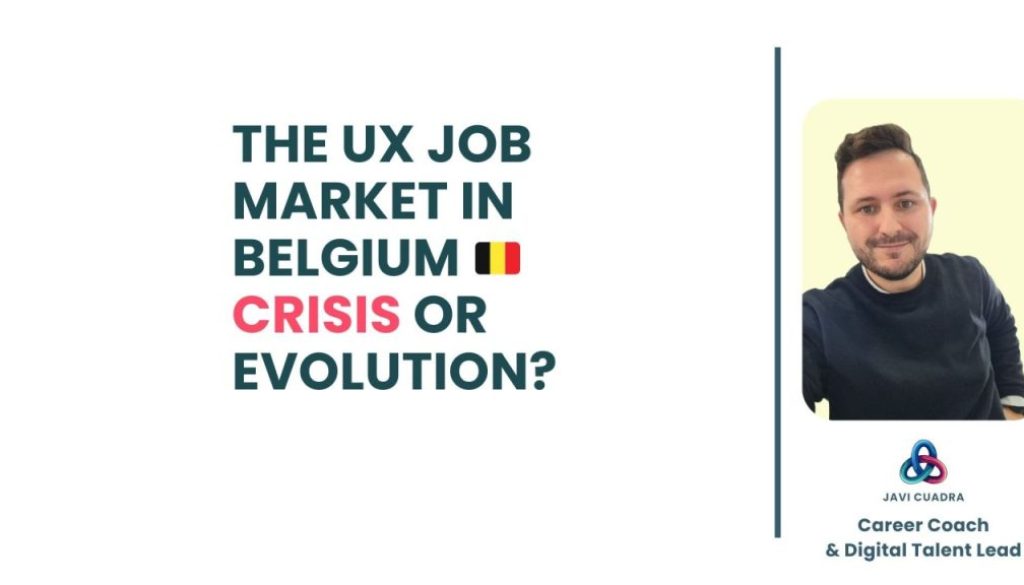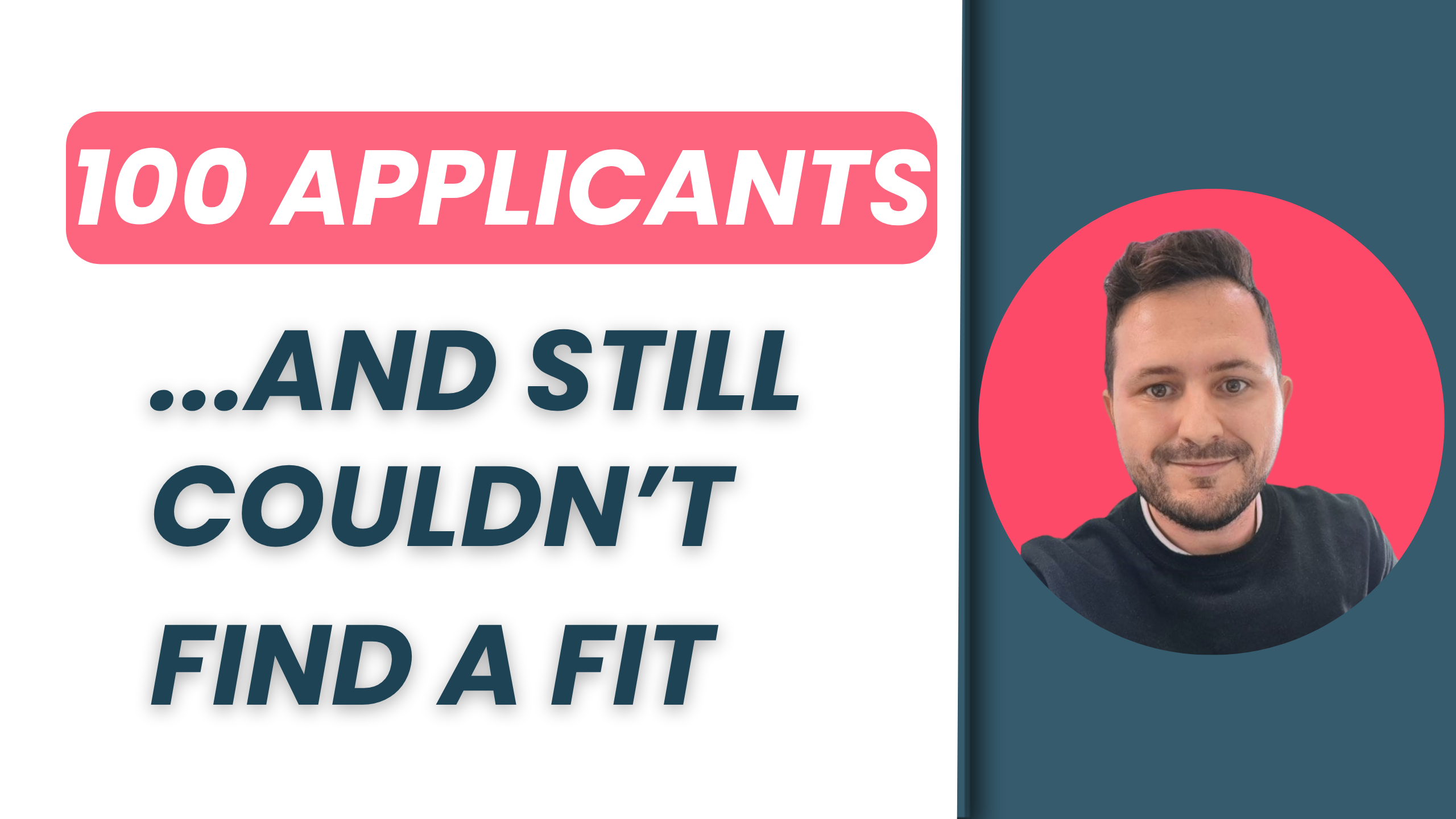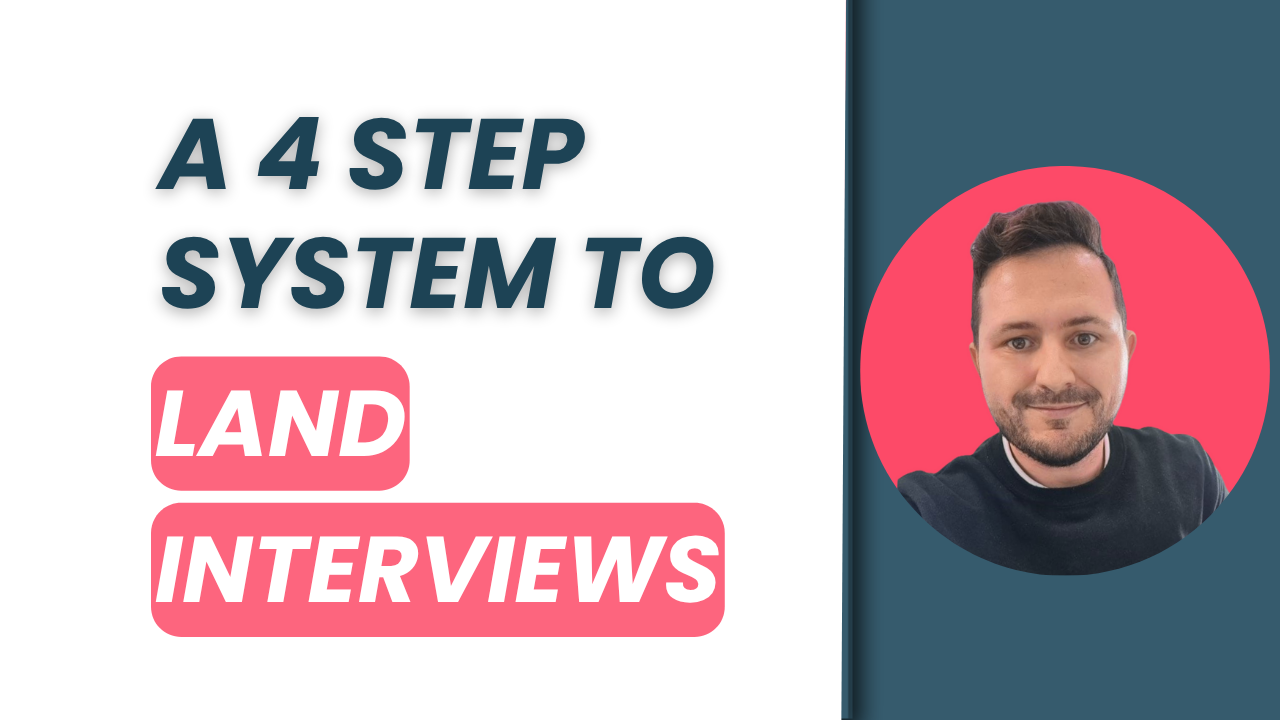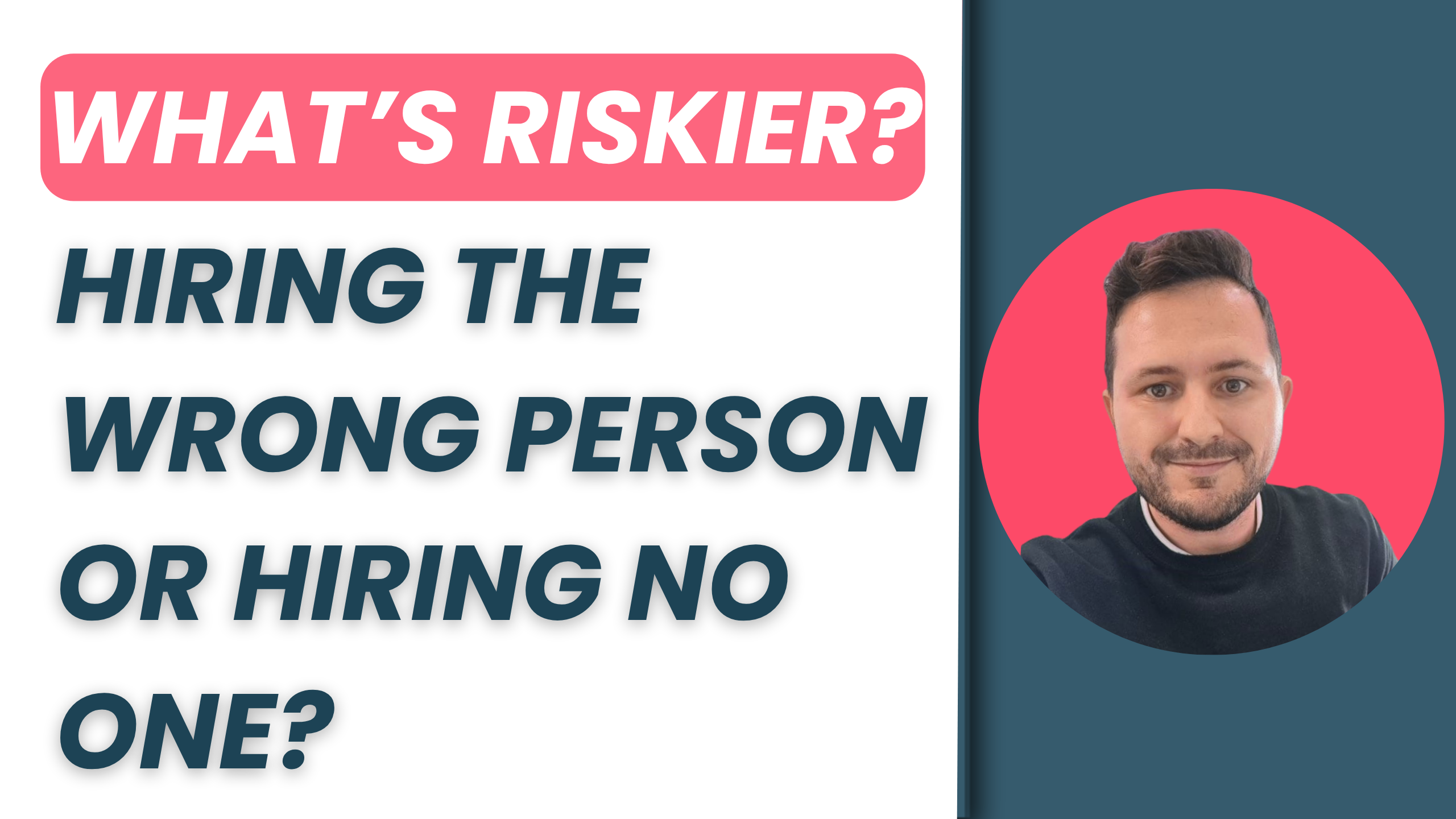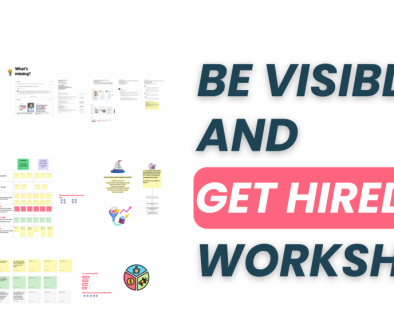The UX Job Market in Belgium: crisis or evolution?
“Javi, I might consider a career pivot if the situation continues like this.” That’s what a UX designer told me in a coaching session last week. And honestly? I get it. So, is the UX job market in Belgium in crisis or evolution?
Job postings are down, hiring is tighter, AI is creeping into the design process.
Many UXers are wondering: Am I still needed?
I’ve spent over a decade helping companies build top-tier UX teams and guided 150+ UX professionals to land new jobs. In 2021, I wrote this article analyzing the UX job market in Belgium. Back then, demand was booming. Today? It’s a different story. An industry redefining itself in real-time.
The Talent Carousel
A quick LinkedIn Recruiter search revealed an interesting trend: UX talent keeps rotating almost between the same 10 companies.
So what’s happening here?
- Companies outsource UX to staffing agencies and design studios → reducing in-house hiring.
- Agencies staff UX designers on short-term projects → leading to more frequent job changes.
- When companies bring UX back in-house, they poach from those same agencies.
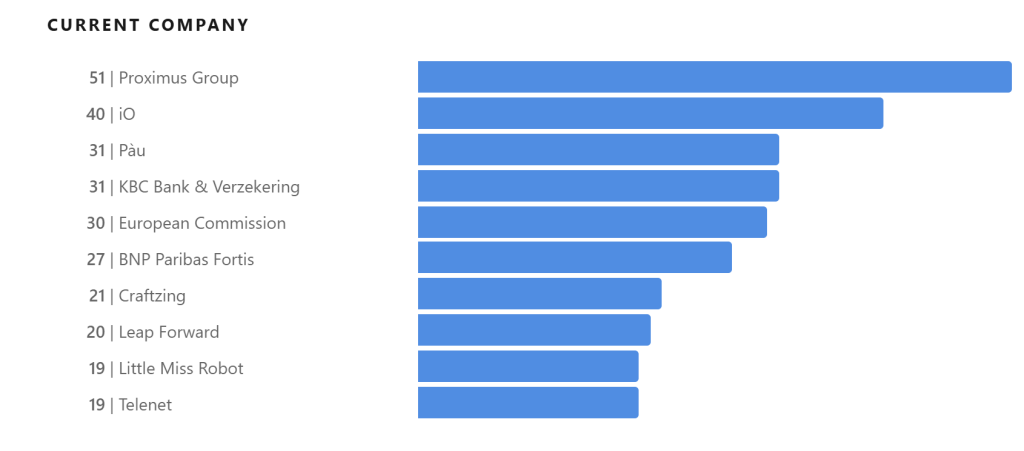
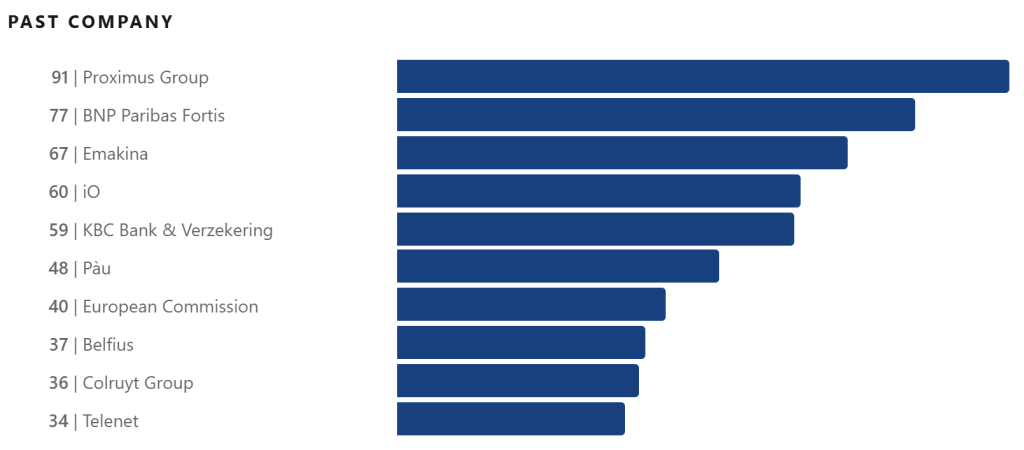
UX in 2025
The UX market isn’t dying, but it is changing. Companies still need UX professionals, but not just any UX professionals. More UXers are searching for fewer roles, competition is high. The ones who adapt will thrive. The ones who stay static? They won’t.
After dozens of conversations with UXers, hiring managers, and design leaders this is my personal take:
- The UX market is maturing.
- AI isn’t replacing UXers, but UXers who leverage AI will outcompete those who don’t.
- UX careers that stay the same won’t survive, but adaptable designers will.
- Employers are more selective than ever.
So how do you make sure you stay competitive? Let’s break it down.
AI in UX: It will reshape who gets hired
Ever since generative AI burst onto the scene, UX designers have been asking the same question: Will AI replace us?
The answer from industry experts? No. But it is changing the game. And the designers who embrace AI will come out on top.
For now, AI is great at:
- Automating research synthesis
- Speeding up wireframing and prototyping
- Synthesizing massive amounts of research data.
But humans are better at:
- Understanding emotions and user intent.
- Designing for cultural nuances.
- Asking the right questions (not just spitting out answers).
68% of UX hiring managers expect demand for UX skills to increase as AI adoption grows (Source: State of UX Hiring 2024 – UX Design Institute). What I can see from my perspective is that the companies I work with want designers who can think, not just execute.
If you’re still designing the same way you did five years ago, you’re already behind.
UX Job Market in Belgium: What’s Really Happening?
After the pandemic hiring boom, tech companies slammed the brakes in late 2022 and 2023. UX roles took a hit.
📉 Global UX job listings dropped sharply from their 2022 peak.
📉 Belgium was no exception. Banking, insurance, and telecom sectors – major UX employers- slowed hiring dramatically.

Since early 2024, the market has stabilized. I see that job postings have cooled, and employers are looking for UX talent that can deliver impact from day one at a very competitive budget. A common comment from senior freelance UX designers is “Wow, that’s the daily rate I used to bill 5 years ago.”
If you’re a junior UXer, the market is brutal. Bootcamps flooded the industry with graduates, but hiring managers tell me: “We struggle to find great UX/UI designers… and we’re drowning in unqualified applicants.”
The competition is fierce, also in the field of UX outsourcing and staffing which unfortunately translates in a poor candidate experience. Large companies often send the same job brief to multiple agencies and as a consequence talent acquisition turns into a competition of speed over quality, candidates gets spammed, companies get flooded with irrelevant applications, and candidates get excited, then ghosted. No feedback. No Impact. – Javi Cuadra (yes, I’m quoting myself 😉)
And in a slow market, desperation kicks in. Everyone starts selling and submitting applications harder. Ironically, this makes clients even more resistant. In short, fast hiring rarely saves time. It creates turnover, frustration on the applicants, and wasted budgets. Slowing down and hiring with strategy is the real competitive advantage.
What Will Actually Get You Hired in 2025?
“I have experience, but I’m not getting hired”. In a high-competition job market, how do you stand out?. Having years of experience isn’t enough anymore. Here’s what most UX recruiters won’t tell you (but I will! 💡):
📌Many hiring managers aren’t always clear on what they’re looking for, so they rely on candidates to “sell” themselves. If your resume doesn’t grab attention fast seconds, it won’t get read. Hiring managers are more familiar with the business challenges they face and want to see the impact and solutions you can provide. If your resume only mentions things like “wireframing and prototyping” without showcasing your unique contributions, you’re not standing out.
📌 Don’t rely on job boards alone. Many UX roles are filled through networking before they ever hit job boards. Use recruiters as market intelligence, good talent acquisition professional will be happy to share which companies are hiring and how they can make a difference for you.
📌UXers who think like product managers. Don’t just show design work, show the business impact, how it helped the company’s bottom line. You should scream “Here’s what I achieved” not just “Here’s what I did”. I’ve personally screened thousands of UX resumes, the first think I’m looking for is how you created business value.
📌 Specialization. If your skills are broad, highlight one area of deep expertise.
📌 Empathy & Analytical Thinking: Can you design for different audiences and back it up with data?
📌 Adaptability & Autonomy: Can you pivot when projects change? Companies want designers who need minimal hand-holding.
📌 Communication Skills: Can you explain your decisions clearly? UX professionals act as translators, turning user insights into a language stakeholders understand.
On my experience, technical skills might get you an interview, but soft skills will get you the job. As a career coach, I advise: showcase these human skills on your CV and in interviews. Highlight a time you adapted to a sudden change, or how you led a workshop that aligned stakeholders. Those stories stick.
On this las note and as a talent expert myself, I see the hiring landscape is shifting away from degree-based requirements toward demonstrated skills. Skills-based hiring and learning is on the rise, with companies prioritizing hands-on expertise over traditional credentials. Employers are looking for proof of real-world problem-solving: projects, case studies, and results over diplomas.
A UX leader from a Belgian bank recently told me: “I’d rather hire a UXer who communicates well but needs some UI training than a UI wizard who can’t justify their choices.”
Tools come and go. You can always learn Figma, AI, or new workflows. But it’s much harder to teach someone critical thinking, adaptability, and collaboration. These are the skills that will set you apart.
Discover how the Job Finder Kit can guide you to optimize your CV and LinkedIn to get noticed even in a competitive market.
Where Are UX Jobs Heading?
- Lean UX Teams, Bigger Impact . Silicon Valley Startups are scaling to $100M ARR with <50 employees. It makes sense that companies are following suit. Expect smaller, high-performing UX teams as well.
- The “T-shaped” designer will be in high demand. UX generalists are great, but companies are looking for designers with one deep specialty. Whether it’s AI, accessibility, or UX research, pick an area to go deep on. The near future will reward those who keep learning. As a coach, I encourage you to look at job postings not as checklists to meet 100%, but as a menu of skills to continuously pick up.
- AI won’t replace UX, UX will shape AI. You don’t have to be a machine learning engineer, but knowing how to work with AI tools will put you ahead of 99% of designers.
- New growth sectors. Belgium’s tech ecosystem is evolving. AI startups, SaaS companies, and deep-tech ventures are growing. If you’re only looking at banks and telcos, you’re missing opportunities.
Final Thoughts
No one has a crystal ball, but by 2030, many of our jobs—including mine—will look completely different. The best professionals evolve with the industry. If I were betting on the future of UX, I’d put my money on adaptability.
For UX professionals, the takeaway is both reassuring and challenging. Reassuring because the world isn’t about to hand everything over to AI or abandon user-centric design. Challenging because to seize these opportunities, you’ll need to be intentional about your growth.
If I were a UX professional in today’s market I’d do a few things:
- Be more than just a designer. Because the best designers I ever met don’t just design, they solve business problems and that won’t change.
- Network smarter. Belgium’s UX community is active. Many job openings never make it to job boards, stay visible and connected. UX Belgium UX Ghent . Most people hate networking because they think it means: awkardly messaging strangers, begging for referrals but this is your most powerful strategy to stay top of mind. If you’re applying online, you’re competing with dozens, hundreds of other applicants. Smart networking gives you an edge.
- Keep one eye on technological advancements and the other on human-centered fundamentals.
- Invest in your skills, both hard and soft.
- If you’re a considering a career pivot, ask yourself “Am I frustrated because of the job market, or because I don’t enjoy UX anymore?”. On my experience, not every career frustration means you need a pivot. Sometimes, it means you need a different strategy.
- And final and the most important, remember why UX attracted you in the first place: the chance to make technology work better for people.
